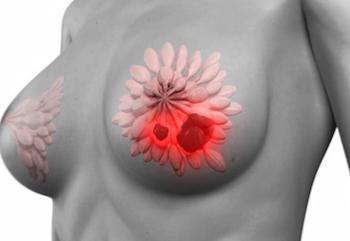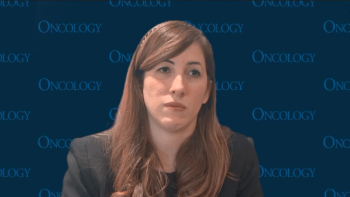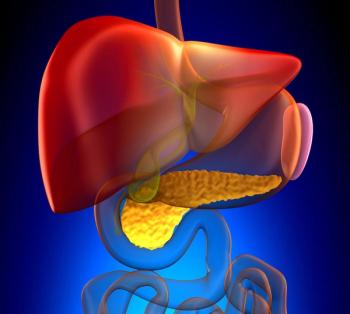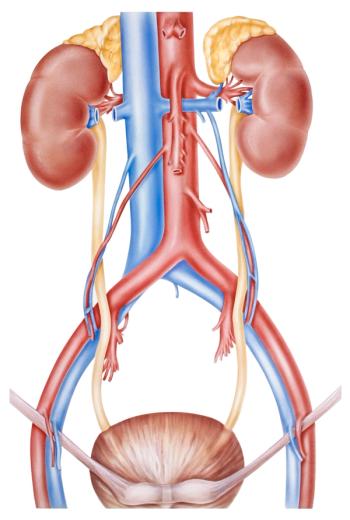
Oncology NEWS International
- Oncology NEWS International Vol 9 No 8
- Volume 9
- Issue 8
IL-2 Appears to Enhance Effects of Antiretroviral Therapy
BETHESDA, Md-The addition of interleukin-2 (IL-2) to standard anti-retroviral therapy significantly improved CD4 cell response in HIV-infected patients, reported Richard T. Davey Jr, MD, of the National Institute of Allergy and Infectious Diseases.
BETHESDA, MdThe addition of interleukin-2 (IL-2) to standard anti-retroviral therapy significantly improved CD4 cell response in HIV-infected patients, reported Richard T. Davey Jr, MD, of the National Institute of Allergy and Infectious Diseases.
This randomized, controlled multi-center trial, conducted from April 1996 through April 1998, included 78 adult outpatients with HIV and baseline CD4 cell counts of 200 to 500 × 106/L and baseline HIV-1 RNA levels of fewer than 10,000 copies/mL. Patients were randomized to receive subcutaneous IL-2, given in 5-day courses every 8 weeks at a starting dosage of 7.5 mIU twice daily plus antiretroviral therapy or antiretroviral therapy alone.
At 1 year, patients who received IL-2 had a mean percentage increase in CD4 cell counts of 112%, compared with 18% for the group receiving antiretroviral therapy alone (P < .001). CD4 cell percen-tages rose from a mean of 20% to 32% in the combination therapy group and from 20% to 23% in the group receiving antiretroviral therapy only (P < .001).
Of 30 evaluable patients receiving IL-2, 20 (67%) achieved a final viral load of fewer than 50 copies/mL, compared with 13 (36%) of 36 control patients (P = .02) (JAMA 284:183-189, 2000).
Toxic effects were common among patients who received IL-2, the researchers said, and were managed with anti-pyretics, hydration, rest, and dosage reduction as needed.
Clinical endpoint trials will be necessary to determine whether the enhanced viral suppression and CD4 cell increases associated with IL-2 therapy will translate into improved clinical outcomes, the researchers said.
Articles in this issue
over 25 years ago
Scientists Identify Gene Mutations in Multiple Myelomaover 25 years ago
Single-Agent Herceptin Active in Metastatic Breast Cancerover 25 years ago
Brain Metastases Respond to Paclitaxel, Carboplatin, and Brain RTNewsletter
Stay up to date on recent advances in the multidisciplinary approach to cancer.


















































































